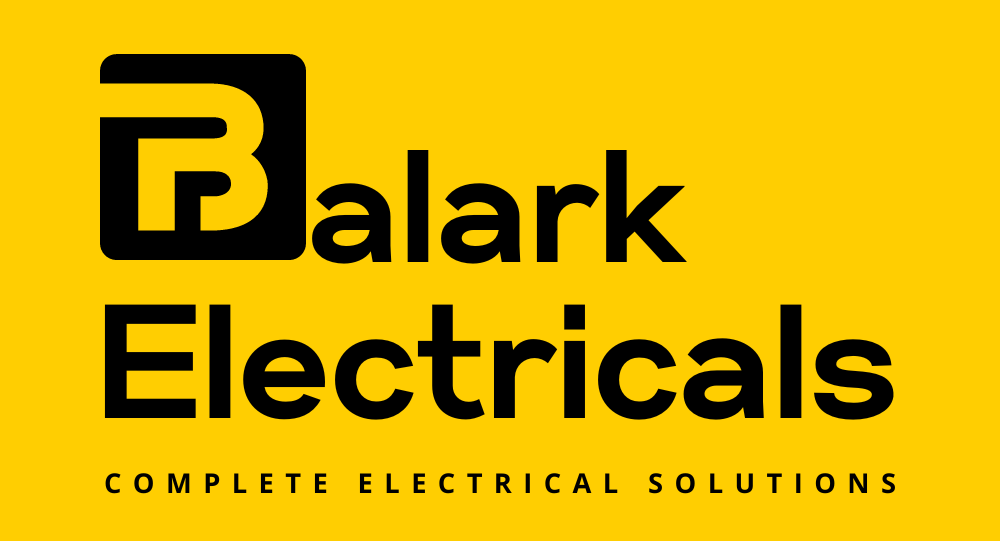A Shock-Free Zone: Ensuring Safety in Electrical Systems
Safety is paramount in any electrical system, and as technology advances, the need for robust safety measures becomes increasingly critical. This blog delves into the essential practices and precautions required to create shock-free environments in both residential and commercial settings. From understanding the basics of electrical safety to implementing the latest technologies, this exploration aims to empower individuals and businesses to prioritize safety in their electrical installations.
Understanding the fundamentals of electrical safety is the first step towards creating a shock-free environment. This section outlines key concepts, such as the importance of proper grounding, using appropriate circuit protection devices, and adhering to electrical code standards. Grounding provides a pathway for electrical currents to safely dissipate, reducing the risk of shocks and electrical fires. Circuit protection devices, such as circuit breakers and fuses, play a crucial role in preventing overloads and short circuits.
Adhering to electrical code standards is essential for ensuring that installations comply with established safety guidelines. Codes are in place to regulate the design, installation, and maintenance of electrical systems, promoting consistency and minimizing risks.
Basics of Electrical Safety


Education and Training for Users
Understanding the fundamentals of electrical safety is the first step towards creating a shock-free environment. This section outlines key concepts, such as the importance of proper grounding, using appropriate circuit protection devices, and adhering to electrical code standards. Grounding provides a pathway for electrical currents to safely dissipate, reducing the risk of shocks and electrical fires. Circuit protection devices, such as circuit breakers and fuses, play a crucial role in preventing overloads and short circuits.
Adhering to electrical code standards is essential for ensuring that installations comply with established safety guidelines. Codes are in place to regulate the design, installation, and maintenance of electrical systems, promoting consistency and minimizing risks.
Ground Fault Circuit Interrupters (GFCIs) and Arc Fault Circuit Interrupters (AFCIs) represent advanced safety technologies that add an extra layer of protection to electrical systems.
GFCIs are designed to quickly disconnect power in the event of a ground fault, reducing the risk of electric shock. They are commonly used in areas with water exposure, such as kitchens and bathrooms, where the likelihood of electrical hazards is higher.
AFCIs, on the other hand, detect and mitigate the risks of electrical fires caused by arcing faults. These devices monitor the electrical waveform and can differentiate between normal and unwanted arcing, providing enhanced protection against potential fire hazards.
GFCIs and AFCIs: Advanced Safety Technologies
Regular inspections and maintenance are crucial components of a comprehensive electrical safety strategy. This section emphasizes the importance of periodic checks on electrical systems, identifying and addressing potential issues before they escalate.
Routine inspections can uncover issues such as damaged wiring, loose connections, or outdated components that may compromise the safety of the electrical system. Timely maintenance, including the replacement of worn-out parts and the upgrading of obsolete equipment, ensures that the system remains in optimal condition.
In conclusion, creating a shock-free zone in electrical systems requires a multifaceted approach encompassing the basics of electrical safety, advanced technologies like GFCIs and AFCIs, regular inspections, maintenance practices, and user education. By prioritizing safety at every stage of electrical system design, installation, and usage, individuals and businesses can mitigate risks, safeguard lives, and ensure the longevity of their electrical infrastructure.
As technology continues to advance, it is crucial to stay informed about the latest safety technologies and best practices, fostering a culture of safety that permeates every aspect of our electrical environments. A shock-free zone is not just an aspiration; it is an achievable goal through knowledge, diligence, and the proactive adoption of safety measures.

Bill McKinley
Mauris sit amet massa vitae.